
Every day brought uncertainty for those enslaved in medieval times. Basic needs were a struggle, and personal freedom was nearly impossible. Their world was shaped by rules and risks that controlled every move. This article uncovers ten difficult realities that shaped the lives of medieval slaves.
Lack Of Legal Rights And Personal Freedoms

Medieval slaves were considered property under the law, not people. They couldn’t own land or testify in court. If harmed or killed, their owners faced no legal penalty. This absolute lack of autonomy shaped every moment of a slave’s life.
Labor Varied By Skill And Status Within Slavery
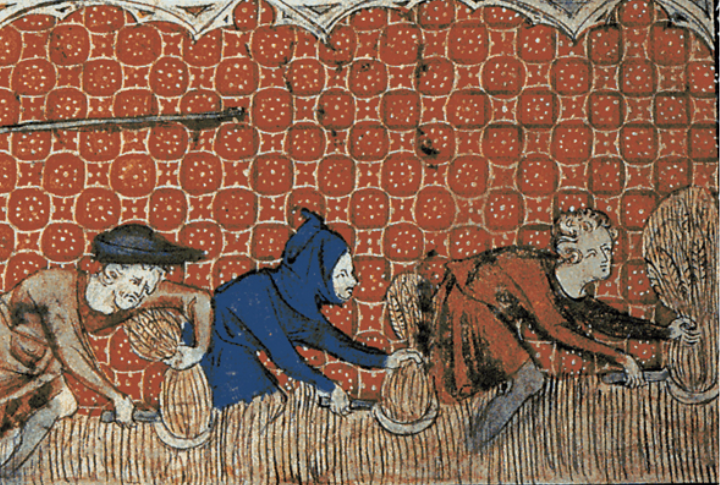
Not all slaves performed field labor. Some worked as domestic servants or scribes, depending on what their owners required. Skilled slaves were valuable but still expendable. Regardless of the task, no labor contract or pay existed; only obedience and the master’s will.
Rebellion Was Met With Brutal Suppression
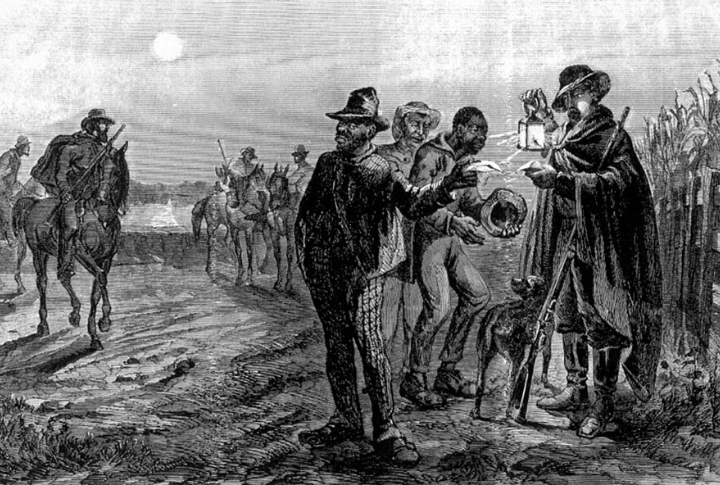
Escape attempts or organized resistance were rare and dangerous. Punishment for defiance ranged from branding to execution. Public mutilations sent a message to others: submit or suffer. The fear of retaliation made rebellion an act of desperation rather than hope.
No Say In Marriage Or Family Life
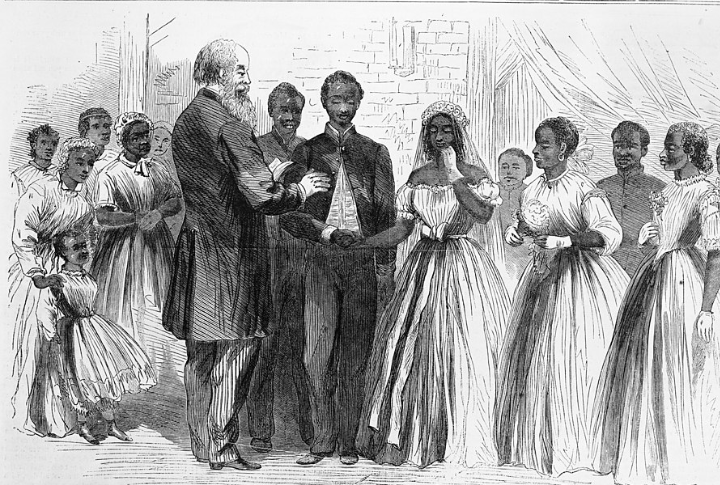
Slaves lived without any legal rights to their own families. Marriages needed official approval to be recognized, and even then, they held no real protection. A single sale could tear a family apart in moments. Love and connection gave them strength, but those ties were always vulnerable to someone else’s profit.
Constant Risk Of Being Sold Or Relocated
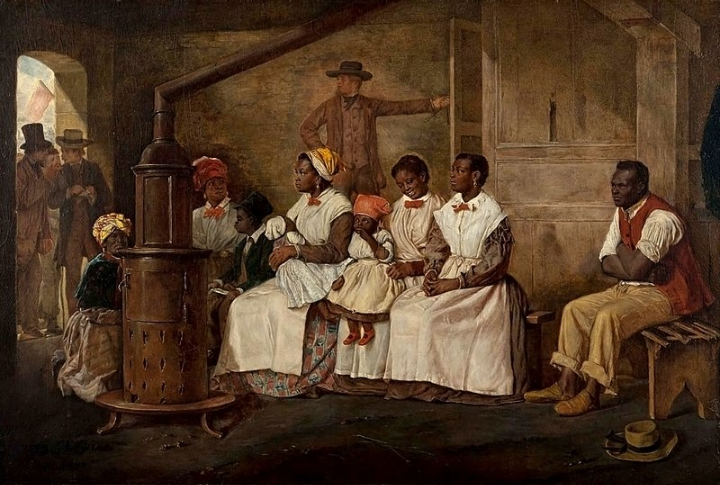
A slave’s life was permanently unstable. Sales could happen without notice, and relocation meant new conditions and new dangers. Nothing was permanent, not relationships, not safety, and certainly not location. Ownership changed often, but the power imbalance stayed the same.
Religious Control Was Used To Justify Slavery
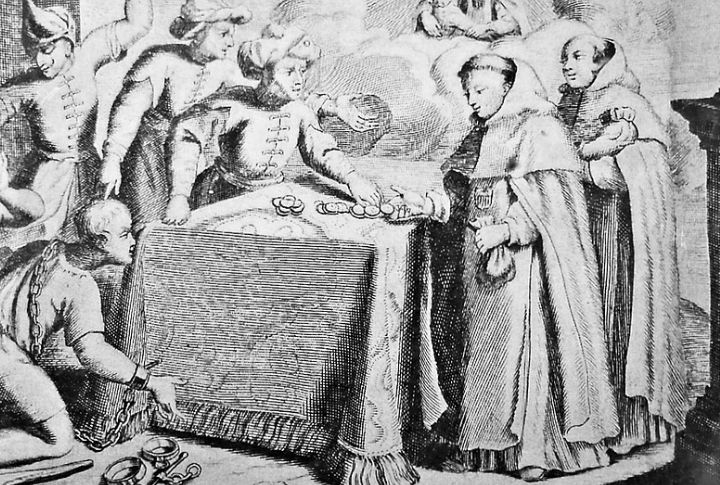
Church teachings in medieval Europe often upheld slavery as part of divine order. The clergy preached obedience to masters as a Christian duty. Some slaveholders believed owning non-Christians was spiritually acceptable. Religion didn’t free slaves. It reinforced the very hierarchy that kept them bound.
Limited Or No Access To Education
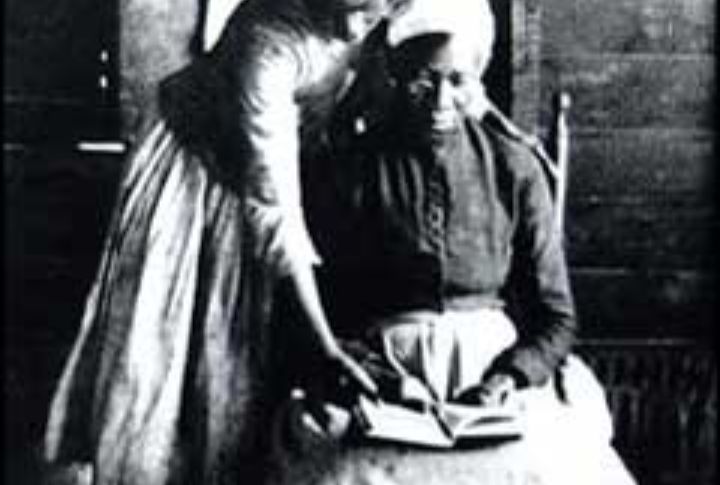
A slave’s life was marked by constant uncertainty. They could be sold or moved without warning, facing unfamiliar and often harsh conditions. Stability was impossible, as ownership frequently changed, but the harsh power imbalance remained unchanged throughout.
Vulnerability To Exploitation
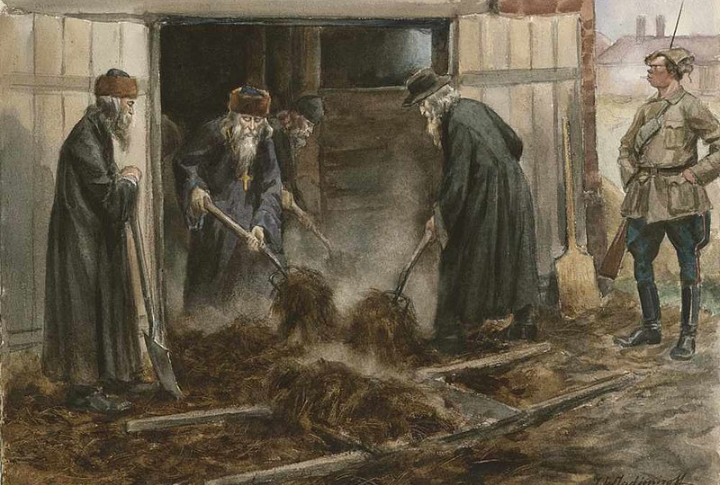
Power imbalances left slaves exposed to daily mistreatment. Physical assaults and forced labor beyond endurance went unchecked. Women were especially at risk, often targeted by owners and other men in power. With no legal protection, reporting misuse was impossible and dangerous.
Public Humiliation Was Used As A Control Tactic
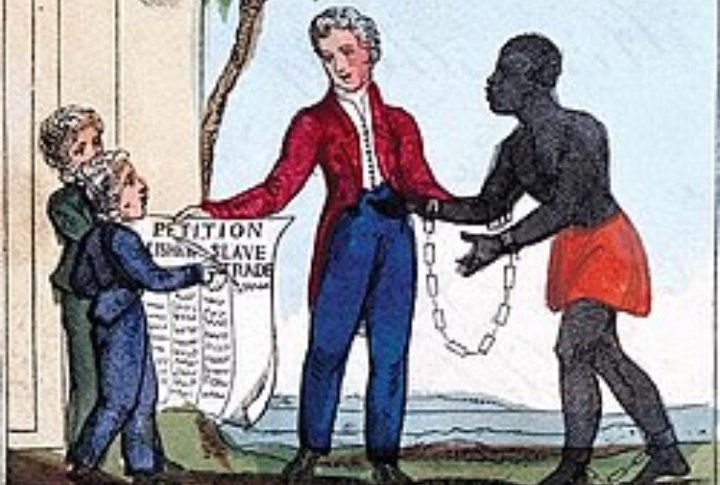
Some punishments were designed not only for pain but also for shame. Slaves were paraded in chains or displayed with signs detailing their offenses. Public rituals of degradation discouraged others from challenging authority. These spectacles created fear while stripping victims of dignity.
Disease Spread Rapidly In Slave Quarters
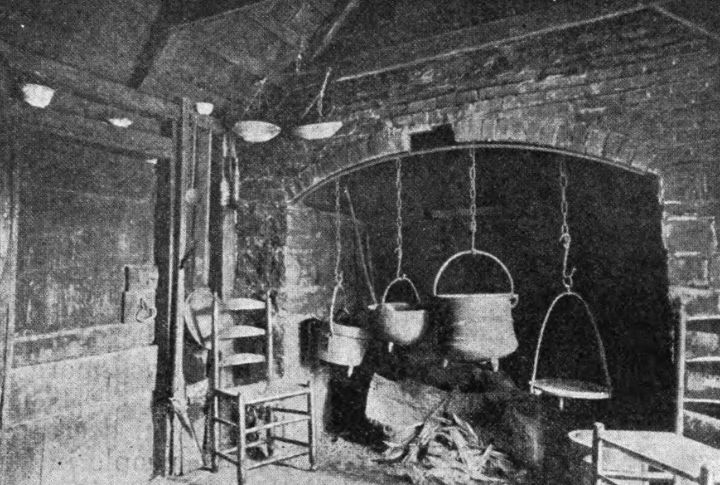
Living spaces for slaves were overcrowded, poorly ventilated, and unclean. Infections and plagues thrived under these conditions. Medical care, if offered, was minimal or experimental. Survival depended more on luck than care, and even minor illnesses could become fatal without treatment.

